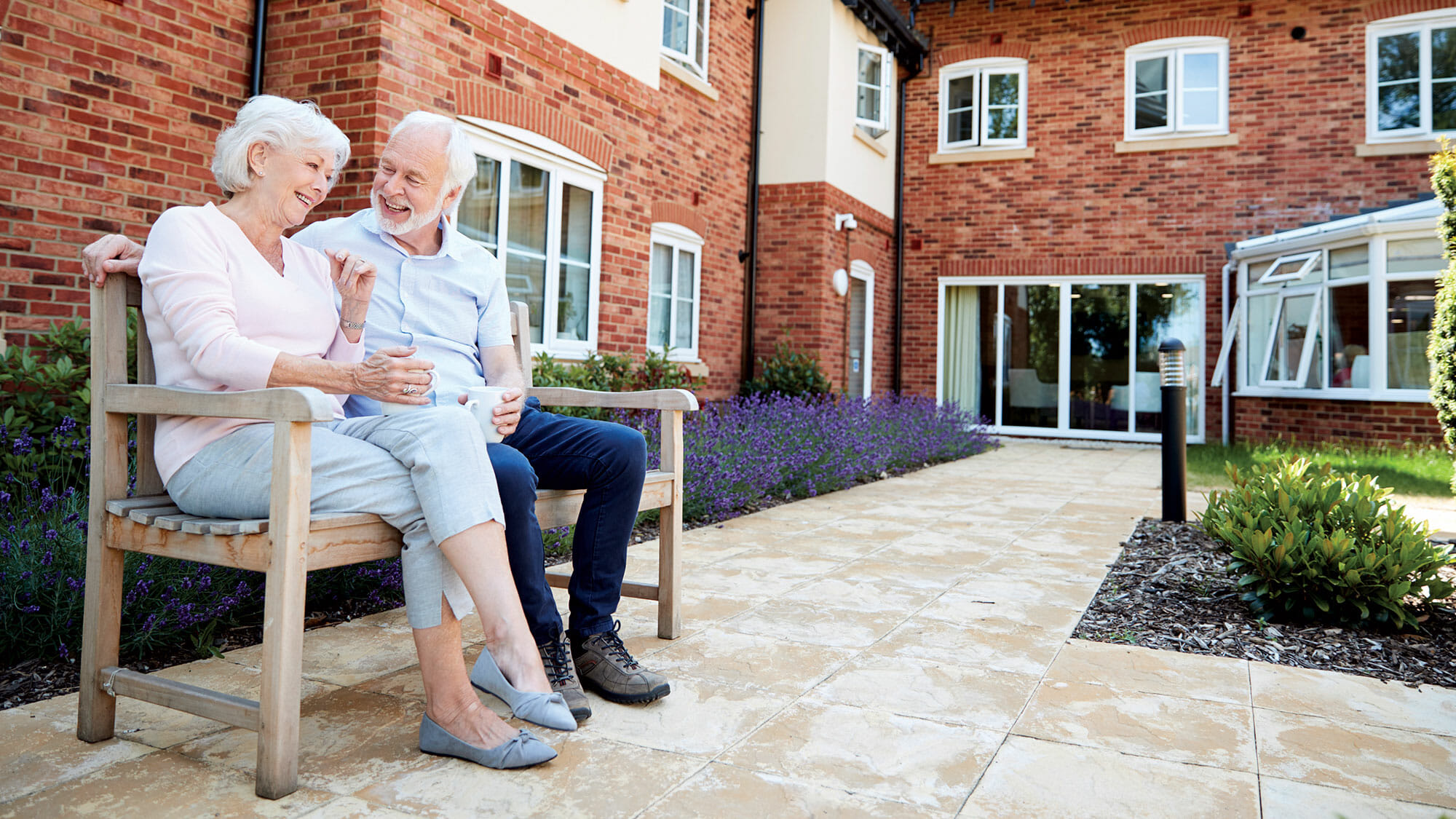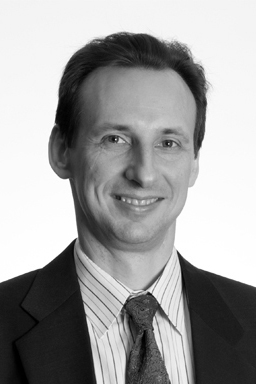Senior Living Facility Design Considerations
The Aging Population is a world-wide issue. It presents significant opportunities for developers and design consultants to improve the lives of senior members of the population.

What does aged care mean to you?
Traditionally it will depend on where you are from:
- Asia – at home with family members taking care. Minimal preparation or saving for one’s Ageing because family members will take care. Minimal support from the government.
- Western – aged care facility or nursing home. Often individuals or their family members will plan for the transition from the family home to aged care. Savings or the sale of the family home fund the transition, along with pensions or allowances from the government for those in need.
However, the distinction between these 2 traditions is becoming blurred as more and more people in Asia move from family farms to cities for work. The cities are often far away from the family home and as people establish their lives in cities it becomes difficult both practically and financially to move back home when their parents need care.
On the positive side, the ageing population can be a valuable resource to society: older people who are still able to work part-time, who raise grandchildren, who volunteer their time in the community, and who are able to meaningfully share their culture and values with younger generations. Working out how to make better use of this growing resource will be a key issue for society in the coming decades.
Understanding the Issue
- Longer life expectancies, ageing populations throughout most of the world and fewer workers to pay taxes to support government funded services and facilities. Retirement ages are rising as a result. Unless people can self-fund their retirement, they will need to work longer.
- Full-time care in a dedicated nursing home facility is very expensive and places are limited. Difficult / unpleasant working conditions for staff leads to high turn-over rates. Quality of care can vary significantly.
- Assisting people to stay in the family home as long as possible is cheaper for governments and better for people. Governments and private enterprise can provide support services such as:
- Mobile support facilities for nursing & pathology
- Assistance with house cleaning and shopping
- Personal contact
- Population of Thailand is currently 69 Million http://www.worldometers.info/world-population/thailand-population/ The fertility rate has been below 2.0 (replenishment rate) since 1995. The population has still been growing since 1995 because people are living longer; the death rate is still lower than the birth rate. In 2018 the population growth rate is 0.21% and is predicted to fall below 0 by 2030.
What Happens When We Age?
a. Often a person’s ageing will be marked by either:
- Deterioration of the mind, or
- Deterioration of the body
b. Aged care facilities have to cater for both, but the care requirements are very different so having some separation of the facilities needs to be considered for the welfare of the residents and the different staffing requirements
What do People Want in a Senior Living and Aged Care Facility?
- Small scale semi-detached private residential facilities (home-like Villas) with on-site medical/nursing services
- Lush landscaping with walking paths and activity stations
- Pre-fabricated, modular and adaptable housing (eg inter-connected rooms that could be 2 singles or 1 double).
- Opportunities for interaction with other residents
- Developments with staged amenities from low care through to higher levels of care
- Rooms for couples as well as singles
- Onsite kitchen that can prepare fresh meals and accommodate special requests or dietary requirements (not offsite pre-prepared meals, microwaved onsite)
- Security and access control system
- Access to public transport for visitors and for residents
- Affordable facilities. Funding / payment models need to be explored.
- One potential option is: developers ‘building to rent’, rather than ‘building to sell’ which places more emphasis on long-term sustainability issues and spending more initially toreduce the operating costs and lifecycle costs. This will require developers to become vertically integrated and possibly merge with Aged Care Facility Operators to become Aged Care Providers.
Specific Design Considerations – some are MEP related, some are architectural
- Accessibility: avoid stairs and changes in floor levels
- Showers large enough to accommodate a shower chair. Walk in bathtub
- Grab bars in bathrooms
- Bed motion sensor to raise an alarm if no movement is detected within a certain time period – this will signal staff to assist the person to turn-over to prevent pressure sores
- Medical Alert System with wearable sensors including activity monitoring, location, fall alert, call for assistance push-button
- Pull-cord alarms in bathrooms
- Thermostatic mixing valves that blend cold water with hot at the point of use to limit hot water temperature
- Higher lighting levels
- Night lighting for bathrooms
- Less tolerance of temperature extremes leads to greater reliance on air conditioning for comfort control
- Controls: large and simple; sanitary fixtures requiring minimal strength or dexterity to operate
- Provision for easy communications with remote family and friends; TV with webcam and internet access for video calls
- Connectivity with other people is key to avoiding social isolation which can lead to depression
- Visual alerts for doorbells and telephone calls
Derek Angus
Associate Director

